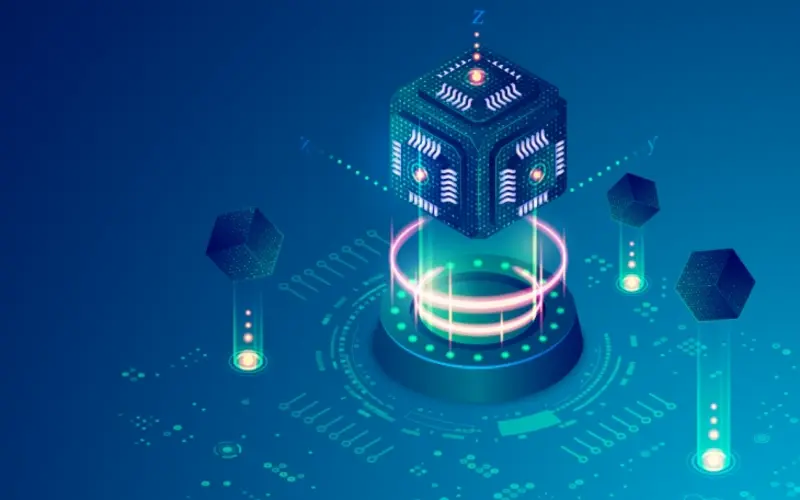
For blockchain technology to move from a niche, developer-centric space to a mainstream technology, it must overcome its most significant barrier to adoption: a poor user experience. While the technical underpinnings of blockchain are revolutionary, the current user journey is often complex, intimidating, and unforgiving, creating a steep learning curve that deters the average person.
The Major UX Barriers
- Private Key Management: The most fundamental barrier is the responsibility of self-custody. Users are required to manage a private key or a 12/24-word seed phrase. Losing this key means a permanent and irreversible loss of all assets. Unlike traditional Web2 services, there is no “forgot my password” button, which creates a high-stakes, anxiety-inducing experience for users accustomed to centralized password recovery systems.
- Unintuitive Interfaces and Technical Jargon: Many blockchain interfaces are designed by developers for developers. They are often cluttered with technical jargon like “gas fees,” “liquidity pools,” “slippage tolerance,” and “network finality” without clear explanations. This lack of user-friendly language and a standardized design across different decentralized applications (dApps) leads to a fragmented and confusing experience.
- High-Stakes and Irreversible Transactions: Blockchain transactions are final and cannot be reversed. A simple typo in a wallet address can lead to the permanent loss of funds. This lack of a safety net is a major source of anxiety for new users.
- Transaction Confirmation and Waiting Time: The time it takes for a transaction to be confirmed on a public blockchain can be unpredictable. Without a clear and intuitive status indicator, a user might be left wondering if their transaction is stuck or if the application is broken. This wait time and uncertainty is a stark contrast to the instant gratification of traditional Web2 payments.
Solutions to Improve Blockchain UX
The blockchain industry is actively working on a number of solutions to make the technology more accessible.
- Account Abstraction (ERC-4337): This is one of the most promising solutions. Account abstraction allows a user’s wallet to be a smart contract instead of a simple externally owned account (EOA). This enables a number of features that were previously impossible:
- Social Recovery: A user can designate a group of “guardians” (trusted friends, family, or institutions) who can help them recover their account if they lose access.
- Batch Transactions: Users can bundle multiple transactions into a single action, which can significantly reduce gas fees and simplify complex actions.
- Gasless Transactions: A developer or a service provider can pay the transaction fees on behalf of the user, making it possible for users to interact with a dApp without needing to hold the native cryptocurrency for gas.
- Multi-Factor Authentication (MFA): Users can set up custom security rules, such as requiring a biometric signature (e.g., Face ID or a fingerprint) or a second device to confirm a transaction.
- Improved Wallet Design: New wallet designs are prioritizing ease of use and a more intuitive user experience. They are introducing guided onboarding processes, simplifying technical terms, and providing clearer, human-readable confirmation screens before a user signs a transaction. Hardware wallets, for example, have a separate, isolated screen to verify transaction details, which provides a powerful, physical layer of security against malware.
- On-Chain and Off-Chain Data Transparency: Applications are improving their user interfaces to provide real-time feedback on transaction status, including estimated gas fees, wait times, and a clear breakdown of the transaction’s components. This transparency helps build user confidence and reduces anxiety.
- Hiding Complexity: The core principle is to “abstract away” the technical complexity from the end user. This includes building new layers on top of the blockchain that handle the complicated parts—like managing gas fees and private keys—so that users can interact with the dApp as if it were a familiar Web2 application.
By prioritizing user-centered design and abstracting away the technical complexity, the blockchain community can create an experience that is not only more intuitive and accessible but also safer and more secure for a global, mainstream audience.



